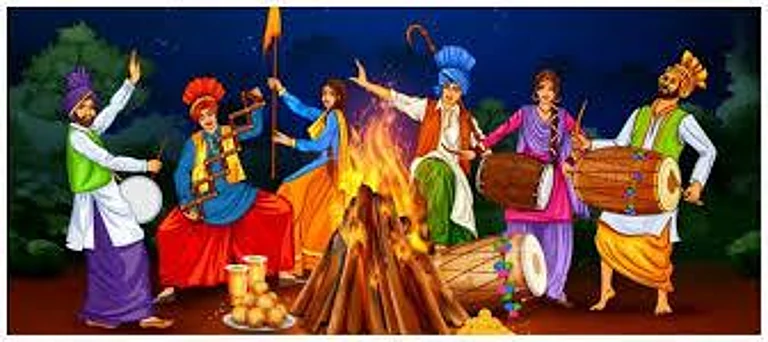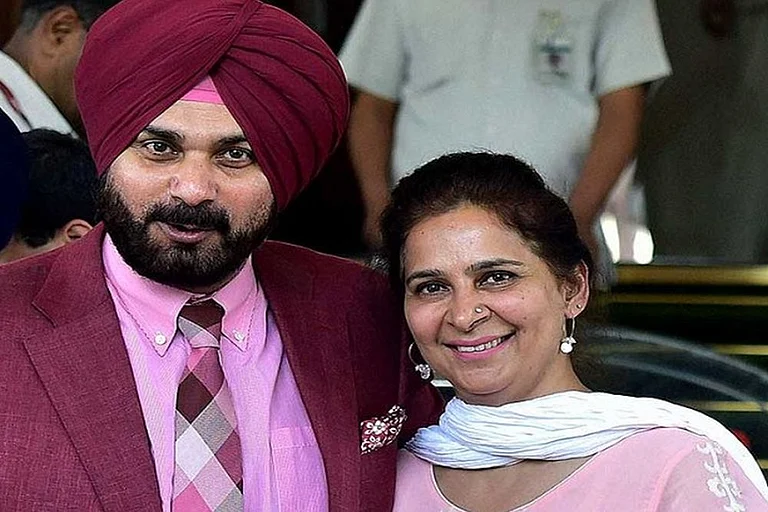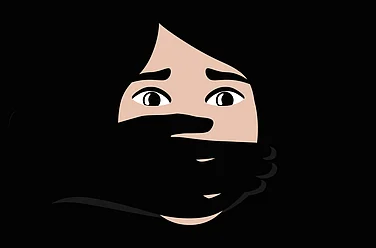The regional music of Punjab is known for its rich and diverse history, bounded by a wide range of styles and genres that have evolved over time. But with progression into the 20th century, Punjabi regional music has undergone a significant transformation, and with the surfacing of neo-liberal ideas, the music has somehow also been overshadowed by luxury cars and guns.
Filmmaker Imtiaz Ali's latest movie ‘Amar Singh Chamkila’, that released on April 12 on Netflix, was quick to reignite a conversation around the changed culture of Punjabi music. The film is based on the life of musician and singer Amar Singh Chamkila – whom many have called the Elvis of Punjab – and revolves around his story, leading up to his tragic killing, along with his wife Amarjot. They were gunned down by some unknown fanatics on March 8, 1988, before a performance. It is still a mystery about the motive of the killing as the case remains unsolved. His death at the age of just 27 made him a polarising figure -- loved by his devoted followers but at the same time, also despised by those who found his content to be offensive and vulgar.
Many have drawn similarities between Chamkila’s case and a more recent phenomenon, Subhdeep Singh Sidhu aka Sidhu Moose Wala, who was shot dead by unidentified men on May 29, 2022. A gangster named, Lawrence Bishnoi took responsibility for his assassination. The Punjab Police claimed that Moosewala’s assassination was an avenge of the murder of Vicky Middukhera, an Akali Leader. Allegedly, Moose Wala’s close associates were involved in the killing of Middukhera.
Chamkila’s music, which emerged in the 1980s, was seen by many as a provocative, unapologetic, and misogynistic exploration of the darker aspects of the Punjabi Society. Similarly, when Moose Wala gained prominence in 2010s, he was criticised for glorifying casteism (with his name), violence, misogyny, and a culture of toxic masculinity. However, both Chamkila’s and Moose Wala’s supporters argue that their music reflected the changing social landscape in Punjab during their time. Their lyrics challenged traditional norms and conventions, touching on ‘Panjabi Politics and Taboo’.
Despite the controversy surrounding their work, during the last few years of his life, Chamkila utilised his platform to address issues around caste, alcoholism, infidelity, and gender dynamics, whereas Moose Wala’s music, in the later years, too emerged in a similar fashion, addressing issues of contemporary politics. Not only that but he became an icon of a borderless, digitally driven world of Punjabis and their music. For both Chamkila and Moose Wala, it was this time when their popularity soared and when their lives were abruptly cut short.
Even after their deaths, Chamkila and Moose Wala continue to represent a complex and multifaceted aspect of Panjabi culture, one that reflects the region’s ongoing struggles with social, political, and cultural change. Their fusion of traditional Panjabi folk melodies with contemporary themes has undoubtedly left an indelible mark on the wide musical spectrum.




























